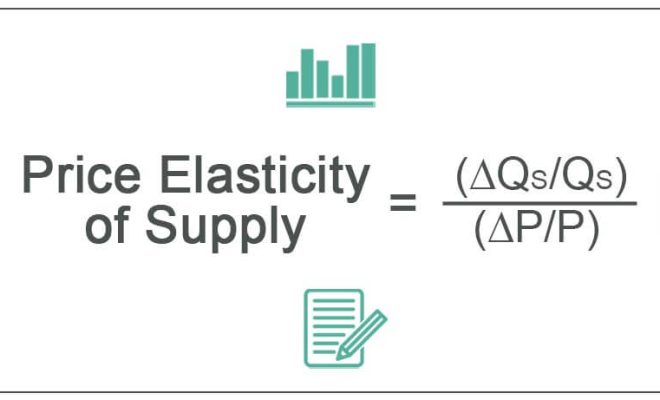What is a/b test sample size calculator

Introduction
A/B testing is an essential tool for digital marketers, developers, and product managers to compare the performance of different marketing approaches, designs, and product features. By measuring the impact of each version, businesses can make data-driven decisions to optimize their website or app for better user experience, higher conversion rates, and increased revenues. However, to obtain accurate results in A/B tests, it is crucial to test a large enough sample size. That’s where an A/B test sample size calculator comes into play.
Understanding the A/B Test Sample Size Calculator
An A/B test sample size calculator is a statistical tool used to determine the number of unique visitors or users (also known as the sample size) required to detect a statistically significant difference between two versions of an element. It ensures that the conclusions drawn from your experiment have adequate power and reduce false positives or false negatives.
Sample size calculation depends on several factors:
– Baseline conversion rate: The current conversion rate for the original version (control group)
– Minimum detectable effect (MDE): The smallest difference in conversion rate between the control and variation that you want to detect
– Statistical significance level (typically 95%): The probability that the observed difference is not due to chance
– Statistical power (typically 80%): The probability of correctly detecting a true difference between the control group and experimental group.
Benefits of Using an A/B Test Sample Size Calculator
Using an appropriate sample size is crucial for accurate results in your A/B tests. Here are some reasons why:
1. Avoid Underpowered Tests: If your test is underpowered due to insufficient sample size, there’s a higher risk that genuine differences will remain undetected. As a result, you may miss an opportunity to improve your website or app.
2. Save Time and Resources: Running A/B tests without knowing the required sample size can consume unnecessary time and resources. By using an A/B test sample size calculator, you can
estimate how long the test should run in advance and plan accordingly.
3. Maintain Statistical Accuracy: A proper sample size calculation helps maintain statistical accuracy, providing more reliable insights from the test results.
4. Reduce False Positives: An adequate sample size will decrease the likelihood of detecting false positive results (Type I error), which occur when two versions are mistakenly concluded to be different when they are not.
5. Limit False Negatives: Proper sample size estimation also reduces the chances of false negatives (Type II error), where a real difference between the two versions is missed.
Conclusion
Using an A/B test sample size calculator is a crucial step in optimizing your website or application through data-driven decisions. By considering factors such as baseline conversion rate, the minimum detectable effect, statistical significance, and power, this valuable tool helps ensure that your tests generate actionable insights while avoiding pitfalls like underpowered tests or false positives/negatives. By selecting the right sample size for your tests, you can improve your tests’ efficiency and avoid wasted resources while maximizing your business’s potential growth.






